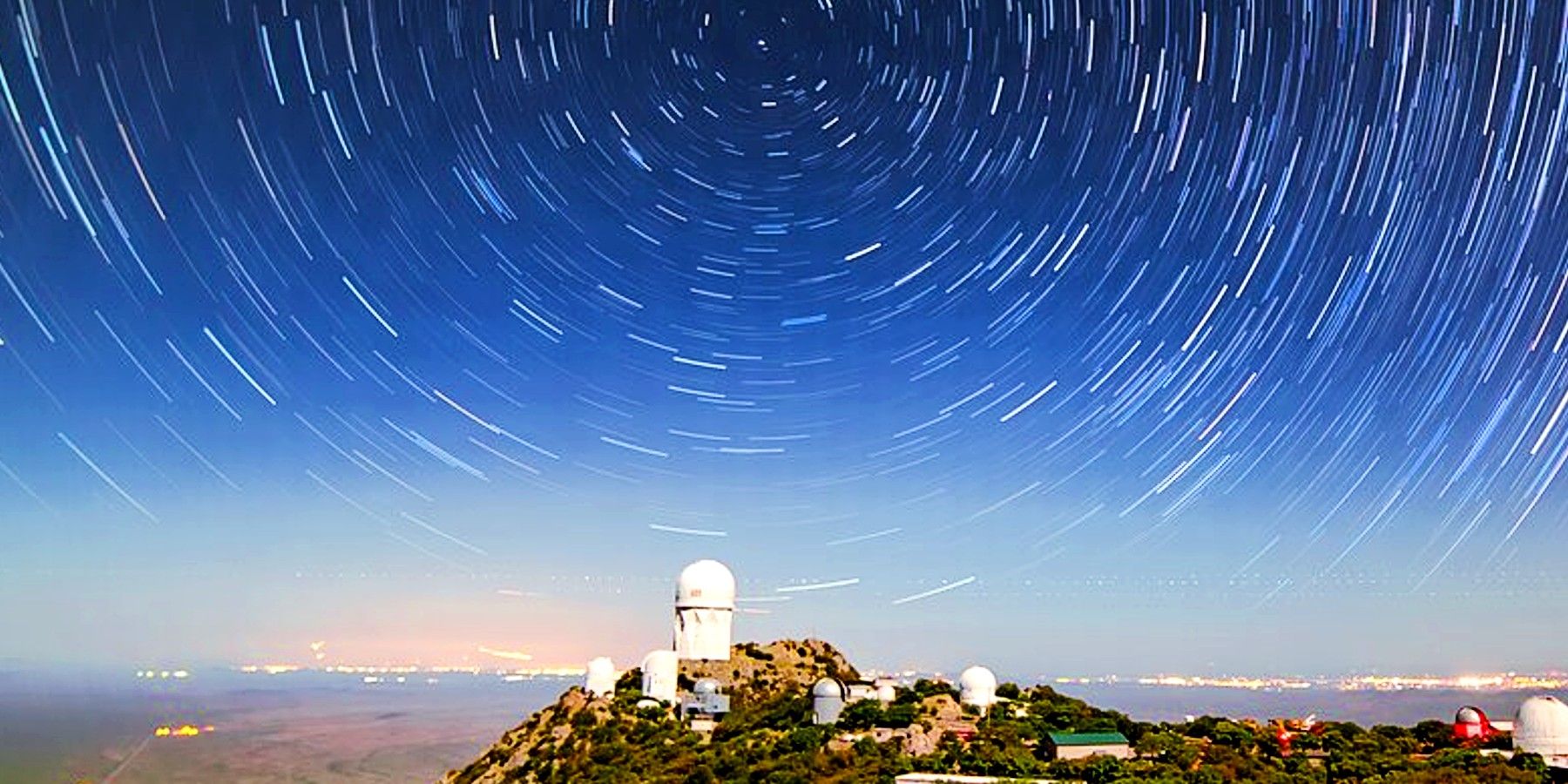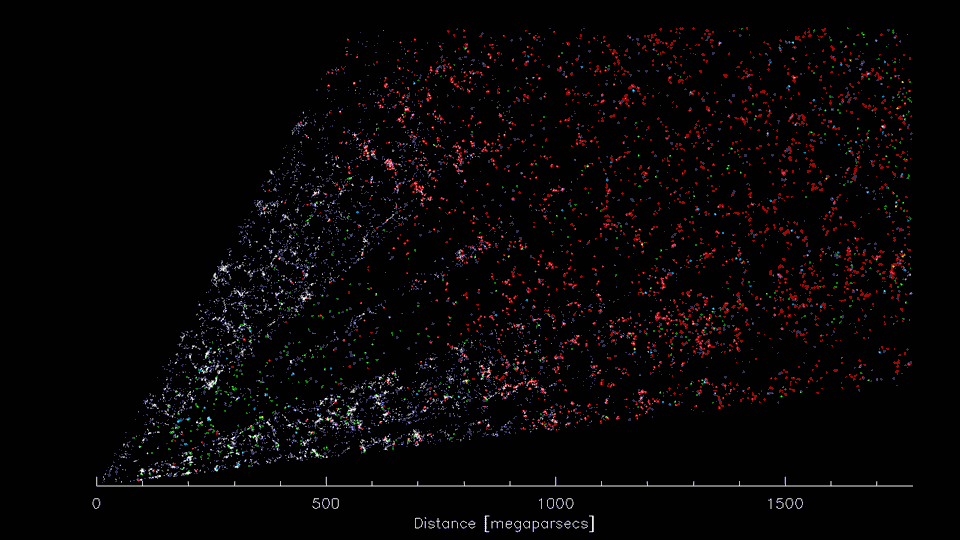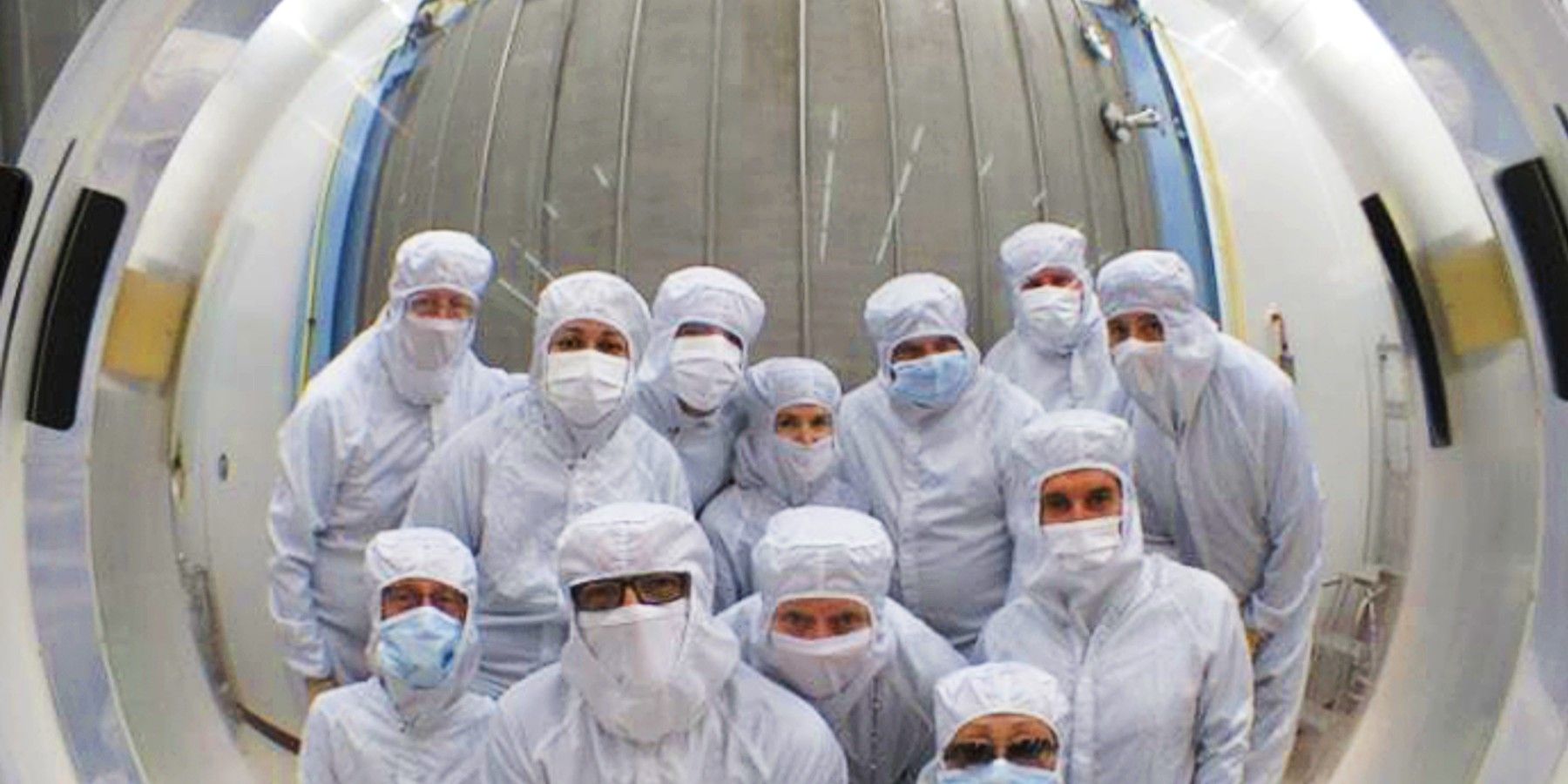
The new DESI telescope has already mapped out more galaxies than all previous 3D maps combined, and it's just warming up. Dark matter accounts for about 70 percent of all matter in the universe. Scientists know that galaxies, planets, stars and everything else are moving apart as the universe expands. The stuff in between these things is dark matter, and scientists believe it is the cause of this expansion.
Telescopes on Earth have been working in the shadows of the glory of bigger telescopes launched into space, like Webb recently or Hubble before. However, many of the most outstanding achievements in space observation have been done with telescopes here on the planet. In addition, technological advancements like fiber optics have made it possible for Earth telescopes to break through into new discoveries.
The Dark Energy Spectroscopic Instrument DESI in Arizona, U.S., has created the largest 3D map of the universe. Incredibly, DESI has only been building the map for just seven months. The map created accounts for only 10 percent of everything it plans to map in the next five years. DESI's primary goal is to reveal the mysteries of dark matter. And it has already uncovered strange dark matter patterns in the universe.


DESI, an international collaboration of almost 500 scientists working under Berkley Lab, is an epic project wherever you look at it. The telescope has more than half a million focal plane parts. Its strength and uniqueness are its 5,000 tiny robots that move every fiber-optic cable, ensuring they are in the proper position. Each small robot swivels to gather light from different galaxies. The tiny robots can add one million galaxies every month to the largest 3D map of the universe.
Maps of the universe are cool, but what DESI is after is dark energy, understanding it, and taking the first big picture of it in the expanding universe. Scientists from DESI say that the dark energy patterns are clear even if the map is just starting to take shape. The 3D map is filled with galaxies, clusters, filaments and strange celestial objects, but what scientists are amazed at is the waves of the void between objects. They say the void has been expanding since the beginning of the universe in these waves. "It's astounding that we can actually detect the effect of these waves billions of years later, and so soon in our survey," Berkeley Lab scientist Julien Guy says.
DESI's 3D map reveals that this mysterious form of energy is accelerating the expansion of the universe. More dark energy means more void, growth and speed. Dark energy will ultimately determine the destiny of the universe. "Will it expand forever? Will it collapse onto itself again, in a Big Bang in reverse? Or will it rip itself apart?" Scientists who created the largest 3D map of the universe, with 7.5 million galaxies already added and 35 million more to go, ask.
Source: Berkeley Lab
Comments
Post a Comment